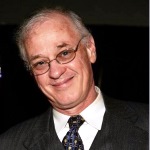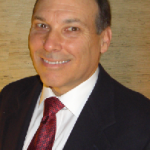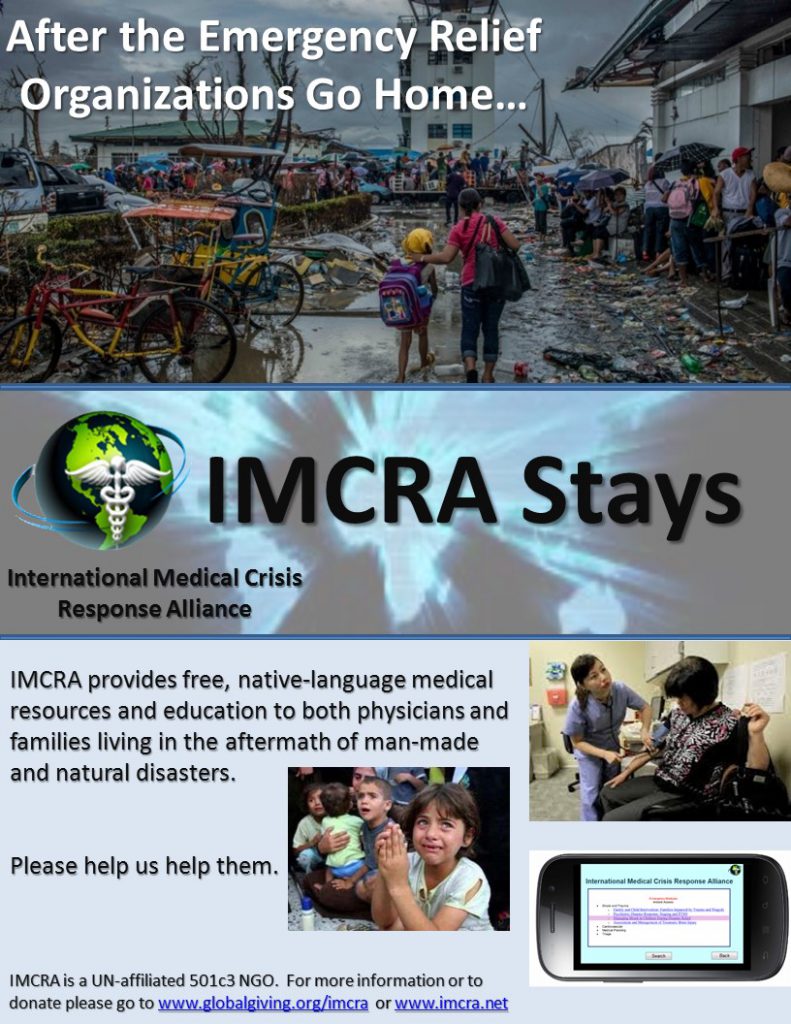Advocacy and Governance 2.0
Create the mission first; then build the organization.


Sometimes, a person feels so passionate about a cause that they start building their own organization around it. Financial advisor Valentino Sabuco (The Financial Awareness Foundation) and medical researcher Thomas Hedberg (International Medical Crisis Response Alliance) have done just that. Besides having boundless energy and vision, Sabuco and Hedberg are relentless networkers who leverage their global connections to recruit powerhouse board members, advocates and ambassadors to support their missions.
So, what’s the ideal board size? A recent unscientific poll of Association Adviser readers shows nearly three in five associations (59 percent) have boards of 11 or more members, including 41 percent who have 21 or more members.
![]()
The association board’s role is to give direction. Management’s role is to execute direction. ![]()
Always incorporate an executive summary of your business plan within your annual report. ![]()
National Estate Planning Awareness Week starts October 17th. Learn how a small, dedicated team got the initiative through Congress. ![]()
See how @IMCRAlliance‘s continuing education program led to an invitation to address the United Nations. ![]()
How many members are on your board of directors?
| 21 or more | 41% |
| 11 to 20 | 18% |
| 6 to 10 | 36% |
| 5 or fewer | 5% |
Source: Association Adviser eNews and Naylor Association Solutions 2016
“Our board has a big representation due to all the different segments we serve,” noted Michael Dunham, CEO of the Associated General Contractors of Georgia, Inc. in a recent Corner Office profile. “I know the trend is toward smaller boards, but I like having a big board. It’s 31 people with a different admiral to lead them every year. The management of that process — getting all those people up to speed so they are effective right from the beginning of their term — is quite an art form.” But as Hedberg and Sabuco have demonstrated, you don’t need a large board to achieve global reach. You don’t even need to meet with them regularly face to face. You just need frequent and effective communication to keep them engaged.
Tips for managing the board
According to Sabuco, whether you are a small, medium or large organization, always incorporate an executive summary of your business plan within your annual report. Sabuco also recommends keeping board members well informed with regular communications and regularly review your mission statement and core values as you prepare your annual report.
The late Shane Yates, visionary head of the Ohio Society of Association Executives who passed away in February 2016, told us in a 2015 interview that the board’s role is to give direction by granting authority and that management’s role is to execute direction, which it does by exercising that authority subject to those limits. “Management operates and the board provides direction, oversight and evaluates management’s performance,” observed Yates. “I think there is an underlying tension between the two groups, which is natural and healthy,” he said, but the lines need to be clear. “When board members begin to do work that is outside of the governance of the organization, they are acting in the role of management,” said Yates.
Sabuco offered four tips for managing your board:
- Outline what your organization needs to advance its mission effectively, both currently and going forward.
- Outline a job description for the ideal candidate.
- Use your network and those within your organization to identify candidates with the right skills who are friendly to your mission.
- Examine and cultivate the interest of the top prospects to make the best selection.
In this month’s episode of Association Adviser TV, Katie Nadeau, operations director of the Minnesota Business Partnership, offers valuable tips for keeping CEOs and other C-Suite execs engaged with your organization. Never underestimate the value of their time or the chance to connect with equally influential peers and policymakers.
Fewer associations serving as voice of industry or source of legislative, regulatory news
As revealed in our annual association communication benchmarking survey (see chart below), associations are finding it increasingly difficult to be the authoritative voice of their respective industries. And they’re also finding it harder to keep members abreast of all the important legislative, regulatory and technical updates they need to be aware of. That’s where a strong board and governance structure can help.
Selection of Top 10 Association Communication Challenges 2011-2015
| CHALLENGE | 2011 | 2016 | % Change |
| #7 Maintaining position as industry’s No.1 info source | 28% | 42% | +14% |
| #10 Communicating legislative, regulatory, technical updates | 13% | 23% | +10% |
Source: Association Adviser Communication Benchmarking Survey 2011-216
Like many associations, The Ohio Society of CPAs (OSCPA) is being proactive about helping members thrive in a rapidly evolving business environment. “Our role is to help members anticipate what’s coming down the road before it’s right in front of them and to tell the rest of the world the critical role CPAs are playing as business drivers in our state,” said OSCPA’s President & CEO, Scott Wiley.
Real-world examples of boards and advocacy working together
Sabuco said you must constantly work with board members individually and collectively to accomplish five key objectives:
- Understand the ongoing needs of your organization.
- Communicate your organization’s mission.
- Develop attention-grabbing messages.
- Open new doors and relationships.
- Advance the attention of your organization and your mission.
Wiley said the top issues facing OSCPA members are recruiting and developing talent, keeping up with laws and regulations that drive up the cost of business and helping CPAs perform at a higher level. “We are reinventing CPA learning programs so they’re more targeted, flexible and relevant to the organization’s business goals. We are connecting CPAs with more opportunities to grow their businesses and we are expanding the pipeline of future accounting professionals. At the same time, we are maintaining a strong focus on our leading advocacy initiatives that protect the public interest and promote a pro-business environment in Ohio,” Wiley said.
Chip Rogers, president & CEO of the Asian American Hotel Owners Association, said that AAHOA lobbied tirelessly throughout the last recession to allow business-friendly SBA 504 loans to be used for refinancing. “These types of loans are one of the most popular sources of money for starting a business. From approximately 2010 to 2012, the federal government allowed SBA 504 loans to be used for refinancing since there were so many enterprises going out of business, particularly those that had investments in real estate. Our members certainly fit that definition,” said Rogers. The SBA 504 loan program was very successful, but legislators wanted to end it in September of 2012 since the economy seemed to be improving. “But, we lobbied for several years to get the provision back. We not only got it back, but we got it back on a permanent basis,” related Rogers.

As mentioned earlier, Valentino Sabuco, CFP®, AEP®, is the founder and executive director of The Financial Awareness Foundation (TFAF) in Sonoma County California. TFAF’s mission is to serve as a nonpolitical and neutral “financial awareness advocate” for the public, the professionals and their associations, educational institutions and nonprofits. According to Sabuco, 50 percent of American adults (120 million people) do not have up-to-date estate plans and tens of millions of U.S. adults are almost out of money by age 70 even though their life expectancy is well into their 80s. Finally, student loan debt ($1.3 trillion) and is now the second largest class of consumer debt after mortgages— the class of 2016 graduated with an average of $37,000 in student loan debt. “This can lead to a significant and unnecessary shrinkage of family assets and an enormous waste of time and resources at the most inopportune time. Financial and estate planning is important for everyone, not just the wealthy,” lamented Sabuco.
National Estate Planning Awareness Week (3rd week of October)
But, instead of just saying, “we need to do more to help Americans without estate plans” Sabuco and TFAF’s board, volunteers and ambassadors have spent the better part of the last decade tirelessly educating legislators and the public about the issue. In 2007 founders of The Financial Awareness Foundation approached California Congressman’s Mike Thompson office with the idea of creating a National Estate Planning Awareness Week Congressional proclamation. After 18 months of research and work, Congressman Thompson and 49 bipartisan congressmen and congresswomen co-authored and passed H.Res. 1499; proclaiming the third week in October as National Estate Planning Awareness Week. The full text of the proclamation can be found here.
Crowdfunding and telemedicine fuels new medical relief organization
IMCRA’s Hedberg is a neurophysiologist and medical researcher by training who is also a certified medical technician. With a background in emergency medical response, Hedberg has literally been at ground zero of some of the world’s most infamous recent disasters. He was one of the first responders to the 9/11 World Trade Center attacks in New York City and he provided aid during the aftermath of Indonesia’s tsunami and the TWA flight 800 crash.
While working at a medical education group in New York City in 2011, Hedberg suggested expanding the group’s training beyond the U.S. That was around the time that the March 2011 tsunami hit Japan and the country lost many of its doctors, nurses and medical infrastructure. “Even in this technologically sophisticated country, a huge swath of the population was isolated and deprived of expert medical care. You also had plastic surgeons and dermatologists trying to treat compound fractures and trauma — things they weren’t familiar with,” recalled Hedberg.
So, he encouraged U.S. doctors who were experts in cardiology, oncology, respiratory and vascular medicine, triage, etc. to record themselves doing proper treatment procedures, in effect providing virtual assistance to doctors working onsite in the Japanese disaster area. “Once we got this initial telemedicine going, it took off like crazy. We started working as a consultative agency to the United Nations and that was the genesis of IMCRA and how I fell into it. The idea got picked up so dramatically in Japan that we knew it would have applicability worldwide.”
IMCRA started with a generous grant from the U.N. and relies on Asset Alliance and other small corporate sponsors to help fund operations. IMCRA also joined a group called Global Giving, the world’s largest crowdfunding community for connecting donors and companies with worthy nonprofits. “Our mission is to fill important and ongoing gaps in the response to both acute and ongoing crises by pre-emptively assembling adaptive, interactive medical education resources in the form of eight to 15 minute video modules,” added Hedberg.
Advocacy wins

Just last week, Hedberg and team addressed the U.N. General Assembly during its meeting about refugees and migrants. “Earlier this month we officially teamed with the Asian Disaster Preparedness Council (ADPC) to help them provide one of the missing pieces to their mission — hospitals and medication. I was just in Bangkok recording introductory videos from ADPC’s end, and now we’re recording videos on our end about handling triage of injured patients and respiratory diseases. We’re now essentially acting as the medical arm of ADPC.”
To help spread the word, IMCRA relies on grassroots outreach and its interns do a tremendous amount with Facebook, Instagram, Twitter, blogging and email marketing, said Hedberg. “We watch a lot of CPTV to see who is supporting various social programs and educational initiatives and we work with state legislators for inroads into veterans with PTSD.”
Conclusion
Whether you’re building a business, growing an organization or advancing your cause, patience and persistence are key, said Hedberg. “Be a perpetual opportunist. Always keep your eyes and ears open for the next opportunity and always keep your composure. No matter how bad it gets, always be polite.”
You never know who’s watching or listening.
Hank Berkowitz is the moderator-in-chief of Association Adviser eNews.


